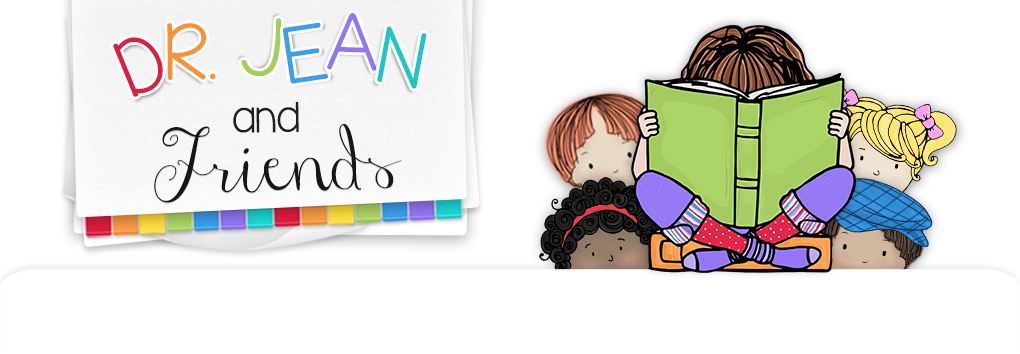Have you
ever watched children when they are doing a finger play? It’s a perfect example of TPR= Total Physical Response. You can almost see the synapses firing
in the brain. If I were in charge
of early childhood, children would spend at least 5 minutes a day doing finger
plays, and here are some reasons why:
Engaged – Doing a finger play is a natural
way to engage children’s attention and help them focus.
Oral language – Repetition of finger plays
builds oral language skills.
Auditory memory – Children activate their
short term memory as they memorize finger plays.
Comprehension – Most finger plays have a
simple story plot for children to follow.
Imagination – With so much time spent in
front of a screen, finger plays encourage children to make pictures in their
brains.
Sequence – Remembering the sequence in
finger plays can help children retell stories.
Phonological awareness – Finger plays build
a foundation for rhyme, rhythm and alliteration.
Eye-hand coordination – Visual connections
with finger plays are important for writing and reading.
Small motor skills – Doing finger plays is
like sending the fingers to the gym to exercise.
Executive function – Children develop
self-regulation and impulse control when they participate in finger plays.
Social skills – All children can be
successful with finger plays with this group experience.
Common Core State Standards – You got
it! Speaking, listening,
comprehension, phonological awareness all rolled into one!
Skills for the 21st Century –
You’ve got those, too, with communication and cooperation.
Best of all,
finger plays are FREE! They can be used to entertain children
during transitions or any time you’ve got a minute or two.
*Go to my
September, 2011, website and you’ll find a download with the words. I would suggest taking one each week
and putting it on an index card.
(You could also write it on a language experience chart or use it on an
interactive white board for choral reading.) At the end of the week punch a hole in the rhyme and attach
it to a book ring. If you’ll do
this every week, in a few months you’ll have a whole RING OF RHYMES.
Free Reading Recover APP
My friend Dr. C.C. Bates
at Clemson University has developed an app called “Record of Reading” that you
might want to check out. Here is
what she says about it:
I have developed an app
with some computer scientists here at Clemson University. The app, Record of
Reading, is available for free in the App Store. It is basically a digital
running record for oral reading assessment. It correlates the Reading Recovery
levels with the Fountas & Pinnell levels and with the Lexile levels when
appropriate. All the formulas for accuracy rate and self–correction rate are
embedded in the app and there is a fluency rubric as well. I think the neatest
feature is that it records the child reading and syncs it with the teacher's
record. When it is replayed the record appears as the child reads. The record
can be emailed - so if a teacher was participating in a staffing meeting on a
child he/she could send the record to the others attending. We have had several releases to fix
minor glitches, but the latest version is solid. We have had over 15,000
downloads.


